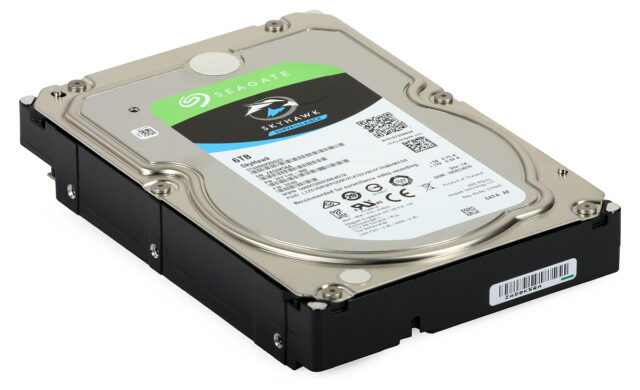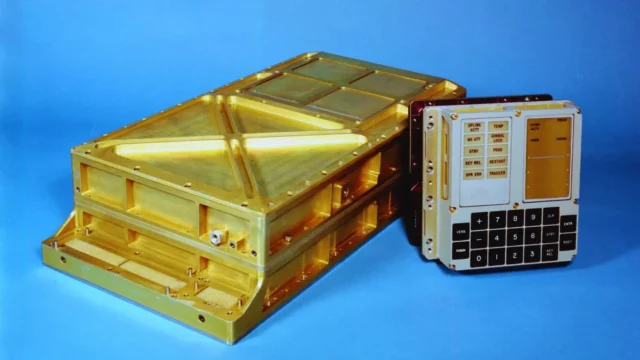Gone are the days when choosing a computer meant picking between a bulky desktop or a heavy laptop. Thanks to rapid advances in technology, a new player has entered the game: the portable mini PC. Small in size but big on performance, these compact machines are becoming increasingly popular with everyone from remote workers to tech-savvy students and multimedia enthusiasts.
In this guide, we’ll explore what makes mini PCs so appealing, who they’re best suited for, and whether they can really replace your laptop. We’ll also take a look at top brands, compare performance, dive into real-world use cases, and explore emerging tech trends. Let’s unpack what this small wonder can do.
What is a Portable Mini PC?
A portable mini PC is essentially a full-fledged desktop computer packed into a tiny case—often no bigger than a paperback book. Despite their size, they come with HDMI ports, USB connections, Wi-Fi, Bluetooth, and enough processing power for serious work.
Many models include SSD storage, quiet (or silent) cooling systems, and support high-resolution video playback up to 4K. They can run Windows, Linux, Android, or even Chrome OS, depending on the model. Some are pre-configured, while others allow for a bit of tinkering if you like to customize.
A Quick Look Back
Mini PCs have been around in concept since the early 2000s, but it wasn’t until Intel launched its NUC (Next Unit of Computing) in 2012 that the idea really took off. Then came Raspberry Pi and other DIY platforms that made tiny computing affordable and accessible.
Today, mini PCs have grown up. They’re not just for hobbyists or classrooms anymore. Brands like Lenovo, HP, ASUS, Beelink, and MinisForum are putting serious power into these tiny boxes—making them solid options for work, play, and everything in between.
Why Choose a Mini PC Over a Laptop?
They’re Incredibly Compact
These devices are light (typically 0.7 to 1.8 pounds) and small enough to fit in your hand or slip into a backpack. If you’re constantly moving between workspaces or just hate lugging a laptop, a mini PC might be your new best friend.
They Use Less Power
Mini PCs are energy efficient by design. They draw less power than traditional desktops and even many laptops, which is good news for both your electricity bill and the planet.
They’re Often Upgradeable
Unlike most laptops, many mini PCs let you swap out RAM, add storage, or even plug in external graphics cards. That means they can grow with your needs.
They Run Quietly—or Silently
Because many models rely on passive cooling (no fans), they make little to no noise. That’s a game-changer for quiet environments like bedrooms, offices, or recording studios.
You Get More for Your Money
Since mini PCs don’t come with screens or batteries, you’re only paying for what you need. If you already own a monitor, keyboard, and mouse, you can save a bundle compared to buying a new laptop.
Real-World Uses
Working from Home
If you’re working remotely, a mini PC is a great alternative to a bulky desktop or expensive laptop. Hook it up to one or two monitors, and you’re set for emails, video calls, spreadsheets, and more.
Streaming and Entertainment
Mini PCs are excellent media centers. They can connect directly to your TV or projector and stream Netflix, YouTube, Plex, or local content. Some even support 4K streaming and advanced audio formats.
Learning and Coding
Schools, universities, and coders love mini PCs. They’re perfect for learning programming, testing apps, or running lightweight Linux setups without breaking the bank.
Digital Signage and Kiosks
In business settings, mini PCs are used in everything from self-service kiosks to advertising screens. They’re small enough to hide behind a monitor but powerful enough to run custom software all day long.
Trends to Watch
ARM Processors on the Rise
ARM-based mini PCs are efficient, lightweight, and often cheaper than Intel or AMD models. They’re especially common in educational tools and IoT applications.
Built-in AI Capabilities
Some mini PCs now include AI accelerators for real-time image processing or voice recognition. Devices like Google Coral or NVIDIA Jetson make this possible.
Thunderbolt 4 and USB4 Are Here
These ports bring ultra-fast data transfer and allow you to connect external GPUs, fast SSDs, and more. They’re perfect for creatives who need speed and power.
Wireless Speeds Are Getting Faster
Wi-Fi 6, 6E, and even 5G support are now showing up in mini PCs. That means better connectivity for online gaming, streaming, and remote work.
How to Pick the Right One
When shopping for a mini PC, think about:
- What You’ll Use It For: Office work? Streaming? Gaming?
- Which Operating System You Prefer: Windows, Linux, or Android?
- Ports You Need: HDMI, USB-C, Ethernet, Thunderbolt, etc.
- Cooling Style: Do you want a fanless (silent) system or don’t mind a little hum?
- Room for Upgrades: Do you want to add RAM or storage later?
- Budget: Mini PCs vary from $150 to over $1000 depending on features
- Brand Reliability: Popular names include Intel NUC, Lenovo Tiny, Beelink, and MinisForum
And don’t forget to check Reddit threads, YouTube reviews, or comparison sites to hear what real users are saying.
Portable mini PCs have come a long way—and they’re not just a novelty anymore. For many users, they offer a smarter, more flexible, and often more affordable alternative to laptops.
While they’re not perfect for everyone—especially if you need a device with a built-in screen—they’re a serious contender in today’s computing landscape. As these tiny machines get faster, quieter, and even more capable, it’s clear they’re here to stay.
So, can a mini PC replace your laptop? In more cases than you might think—the answer is yes.
Image(s) used in this article are either AI-generated or sourced from royalty-free platforms like Pixabay or Pexels.
Did you enjoy this article? Buy me a coffee!






